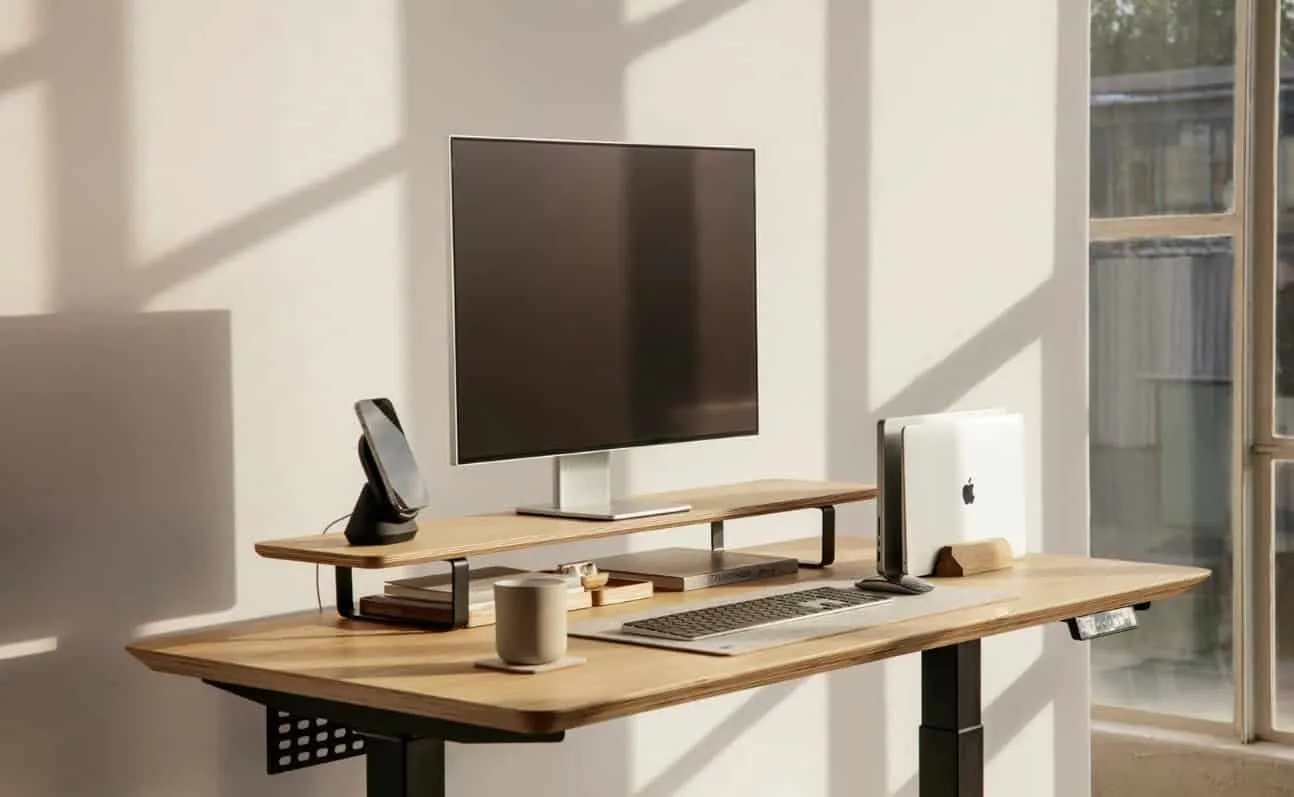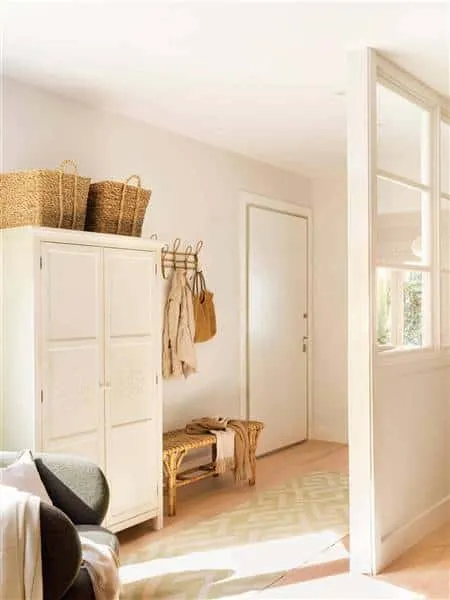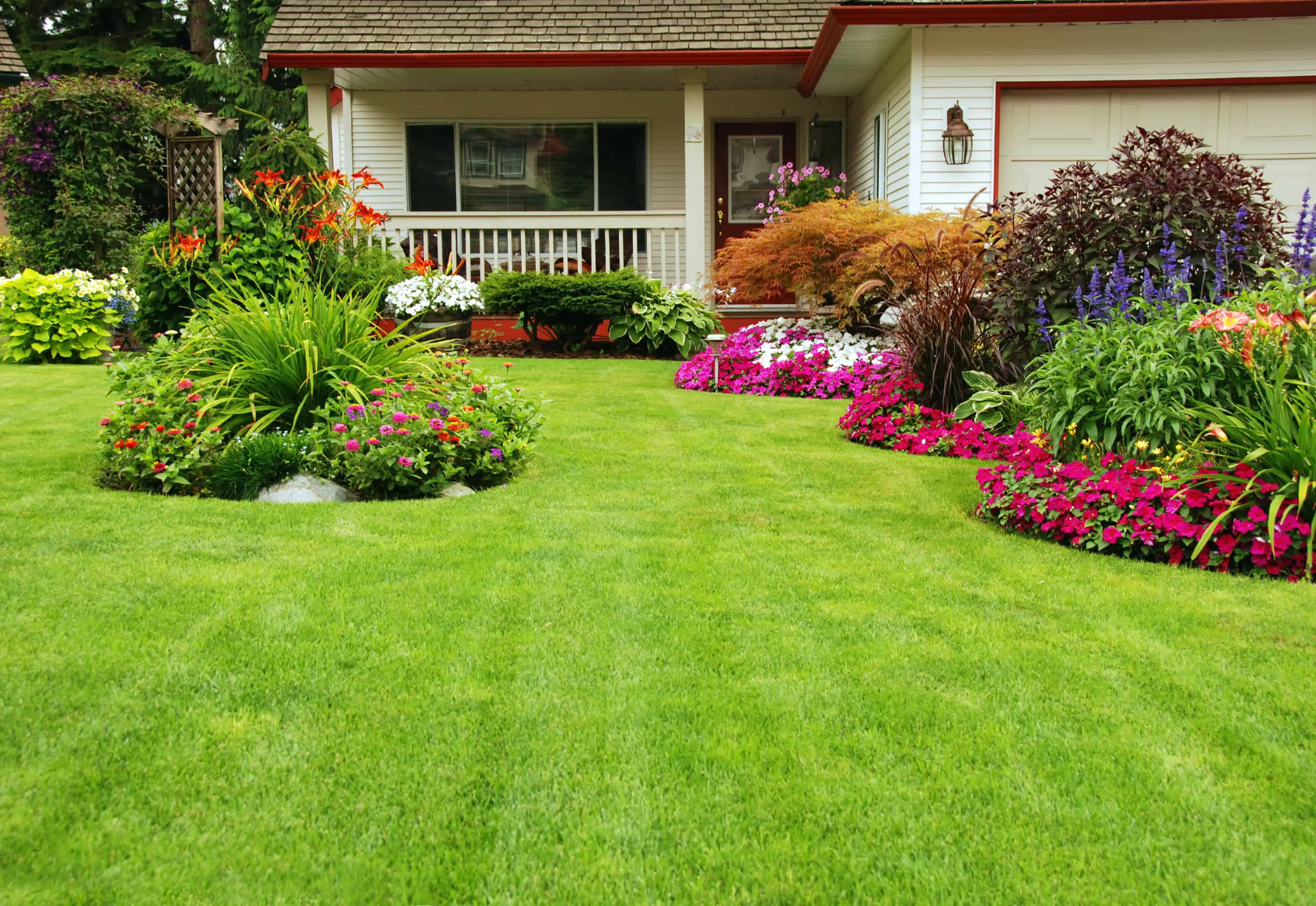There can be your advertisement
300x150
How to Organize Office Space for Greater Efficiency?
The key advantage of remote work is the ability to organize your workspace and customize it according to your specific needs, leading to a more ergonomic and functional home office that boosts productivity. To help you create the perfect workspace, here are several tips on organizing your home office desk from experts ensuring maximum comfort and efficiency.

Personal and Professional Zone
If you don't have a dedicated office space, creating a clear physical separation between your personal and professional spheres becomes critically important. Using an unconventional decorative screen, such as a two-sided bookshelf or thick sound-absorbing curtain, can effectively divide your space.
Ergonomics First
Investing in quality equipment and sturdy furniture can significantly affect your productivity and overall health. When setting up a workspace, the first step toward ergonomics is choosing a desk and chair with proper height for natural, healthy posture. For those who prefer standing, an adjustable sit-stand desk is a great option – you can easily switch between sitting and standing positions throughout the workday. Proper placement of your laptop or monitor is also important, with the screen at eye level to prevent neck strain. Consider using a desktop shelf or laptop stand – this is also an excellent way to organize your desk, adding another level: underneath the shelf you can place plates and organizers for small items.
Light and Bright
Poor lighting at your workspace can negatively affect vision, cause frequent headaches, and reduce concentration. Appropriate artificial lighting, as well as positioning your workspace in a location with access to natural light, is essential. However, consider the tone and intensity of lighting – it should not be too cold or too warm, as both overly dim and overly bright light can strain the eyes. Applying appropriate measures can help improve vision, reduce headaches, and increase productivity.
Add Plants and Art
Adding plants to your workspace can boost mood, efficiency, and overall well-being. Plants act as natural air purifiers, absorbing pollutants and improving air quality. Similarly, surrounding yourself with art can increase job satisfaction and productivity. Studies show that employees who personally choose and arrange artworks benefit even more: a moment of appreciation for art can stimulate imagination and creativity. Therefore, including plants and art in your workspace is worth considering.
More articles:
 How to Organize Order and Storage in a Small Entryway
How to Organize Order and Storage in a Small Entryway How to Start Creating a Garden in Your Own Home
How to Start Creating a Garden in Your Own Home How to Renovate a Kitchen in Farmhouse Style
How to Renovate a Kitchen in Farmhouse Style How to Switch to Solar Energy in 5 Simple Steps
How to Switch to Solar Energy in 5 Simple Steps How to Achieve Peaceful Sleep in Your Bedroom?
How to Achieve Peaceful Sleep in Your Bedroom? How to Highlight the Best Features of a Home in Real Estate Photography
How to Highlight the Best Features of a Home in Real Estate Photography How to Connect an External Faucet with a Hose
How to Connect an External Faucet with a Hose How to Make Your Home More Eco-Friendly
How to Make Your Home More Eco-Friendly